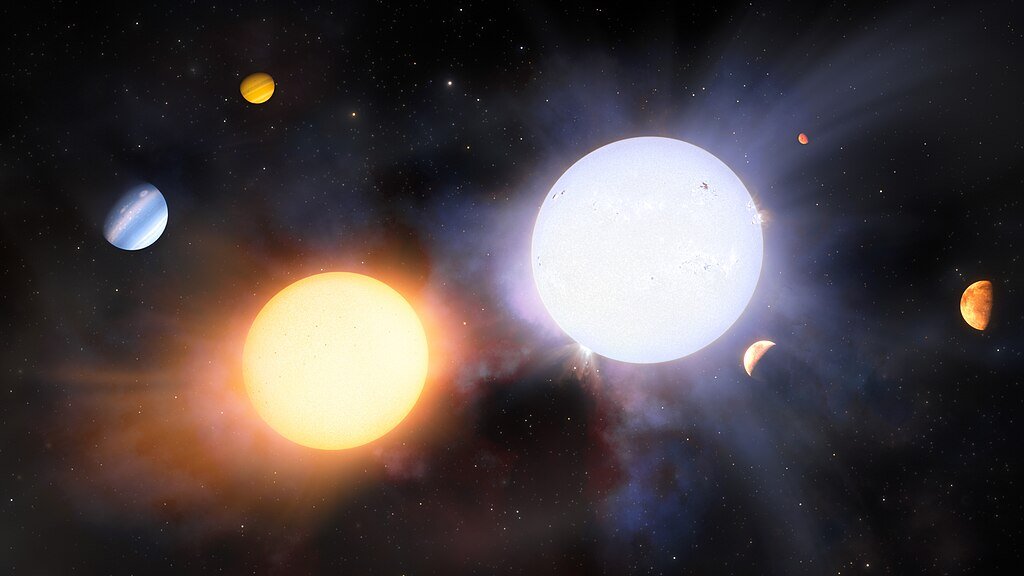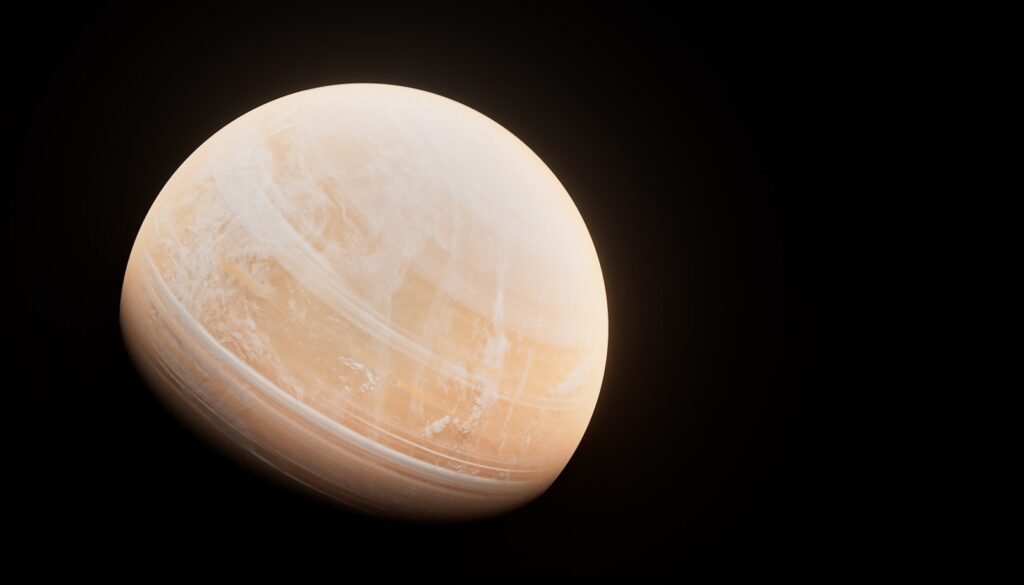Binary stars can be chaotic places for planets, and for years that chaos pushed many searches toward calmer, single suns. Now a team has flipped the script. By singling out 591 “edge-on” twin-star systems identified with Gaia data, researchers argue that these complicated neighborhoods may actually be the easiest places to find new worlds. Their simulations show that the orbital geometry in such systems quietly boosts the signals that planet hunters rely on. If follow‑up observations proceed, the haul could be counted in dozens – not in some far future, but with instruments astronomers already use today.
The Hidden Clues
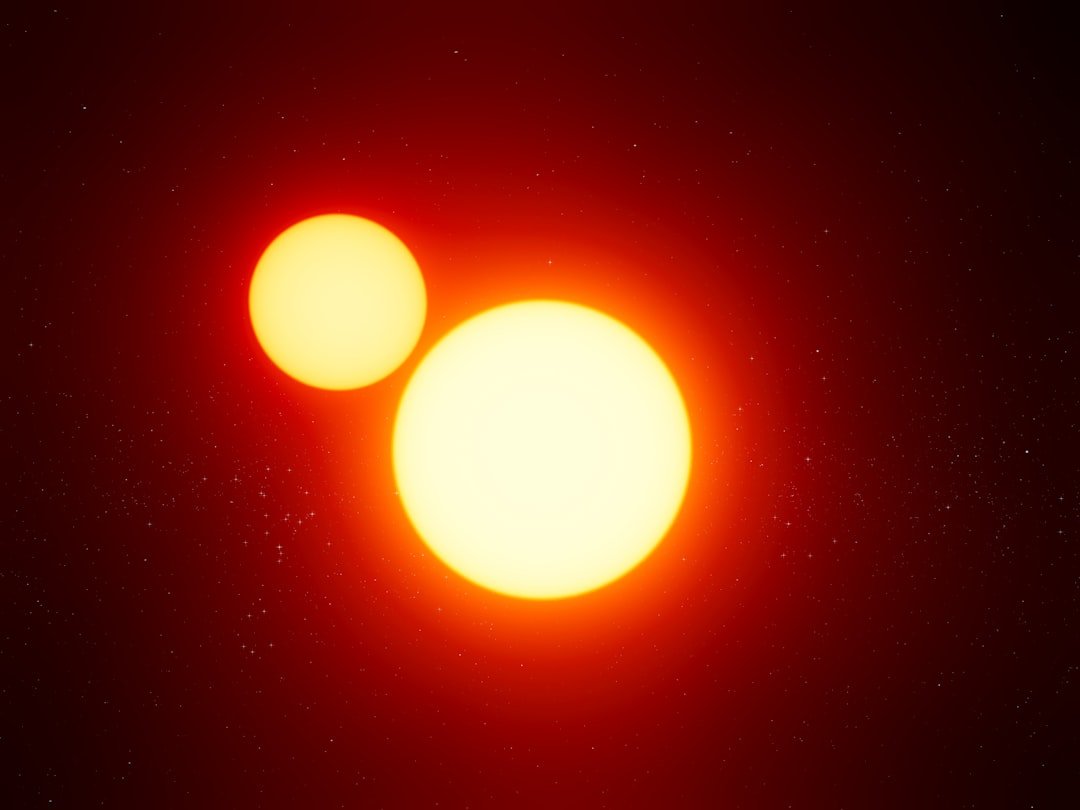
What if the best places to find hidden worlds are the very systems we usually avoid? In close- to moderate-separation binaries, many known planets seem to orbit roughly in the same plane as the two stars orbit each other. That alignment matters because it nudges planetary orbits toward an edge-on view from Earth, where their signals look strongest. A new analysis isolates 591 bright, nearby binaries that are likely tipped just right, creating a ready-made target list for rapid planet hunting. It’s like walking into a library where the shelves are already sorted by the exact books you want to read.
The strategy leans on a simple insight: geometry is destiny in exoplanet detection. When a system is edge-on, a transiting planet blocks more starlight and a tugging planet imprints a larger wobble in stellar spectra. The team focused on binaries with favorable orientations and separations where alignment trends have been observed, increasing the odds that any planets present will cooperate with our methods. Instead of searching everywhere, they propose searching smarter.
A Map Drawn by Gaia
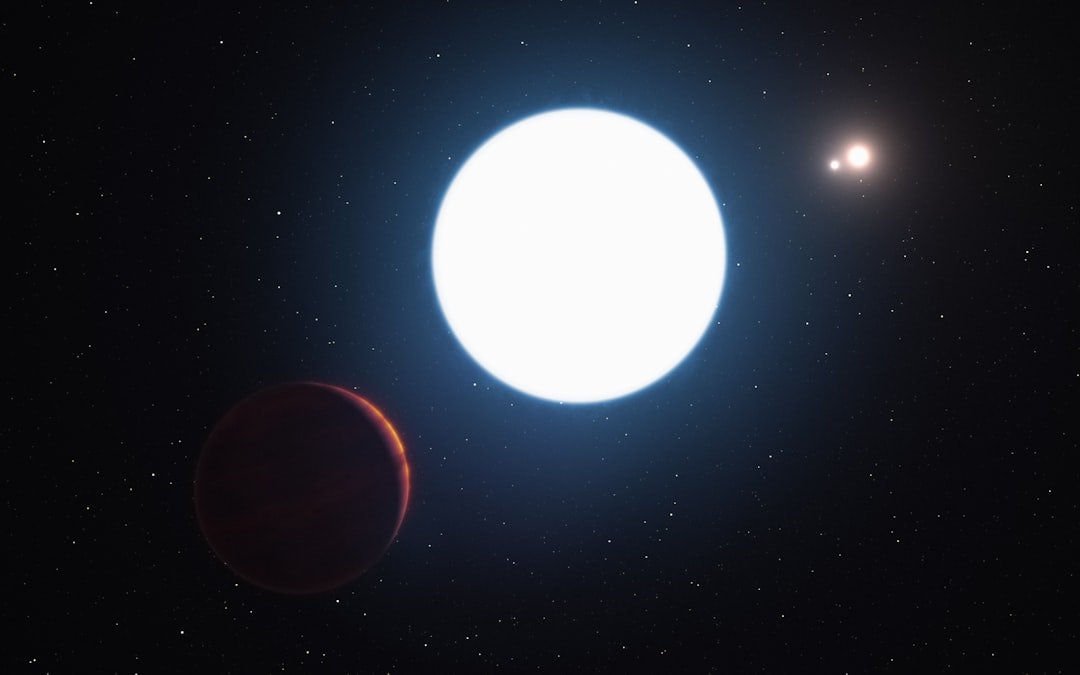
All of this starts with the European Space Agency’s Gaia mission, which measures stellar positions and motions with exquisite precision. By combining positions, proper motions, and brightness, the researchers filtered a massive binary catalog down to systems consistent with edge-on orbits and bright enough for follow‑up. They then fitted orbits to refine inclinations, keeping only the highest-confidence cases. The final cut delivered those 591 binaries, each essentially a pre-screened laboratory for planet searches.
The sample favors moderate separations, where the observed planet–binary alignment trend has been strongest to date. That choice is deliberate: too wide, and the alignment signal fades; too close, and planet formation can be stifled. In practical terms, this means telescopes won’t waste time on stars that are too faint, too blended, or too badly oriented. It’s a pragmatic catalog designed to be used, not just admired.
From Ancient Tools to Modern Science
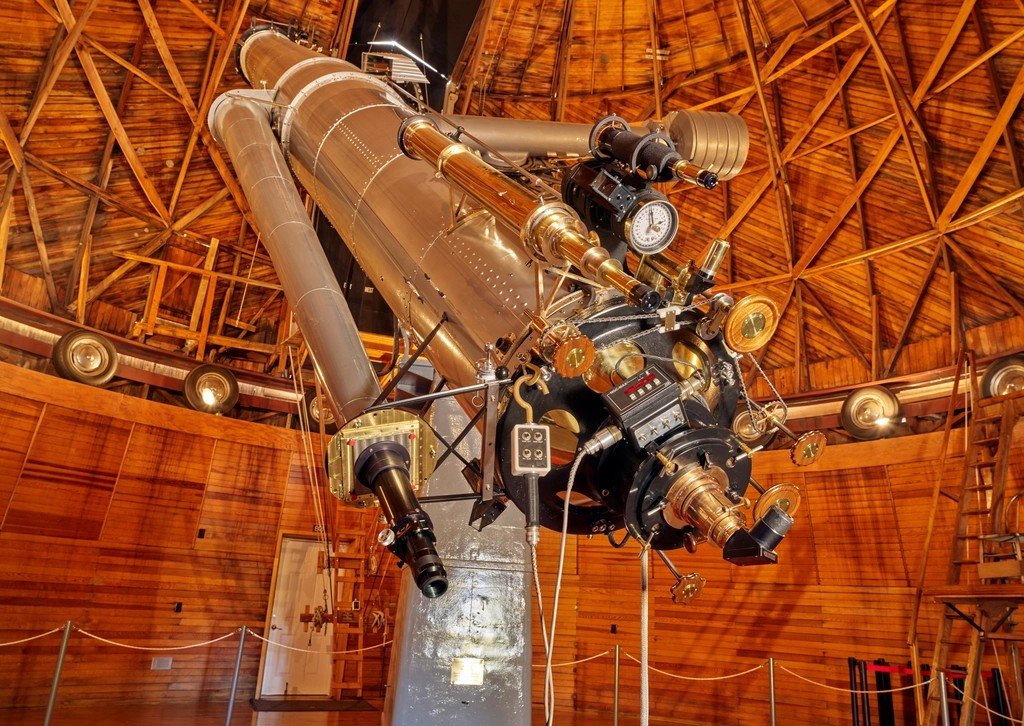
Exoplanet hunters rely on two classic techniques: watching stars dim when planets transit, and listening for the tiny Doppler shifts that mark a stellar wobble. Both work best when the planetary system is edge-on. The new study takes that time-tested logic and applies it to binaries, where alignment trends suggest planets – if present – should share the same viewing angle as their host stars. Instead of fearing the second sun, astronomers can use it as a geometric beacon.
I remember my first night at a small observatory, surprised by how much the angle of a telescope mount mattered for comfort; the universe plays the same trick at cosmic scale. Tip the orbit just right and everything gets easier. The catalog turns serendipity into strategy, pointing spectrographs and photometers exactly where the odds are already stacked in their favor.
How an Edge-On Orbit Tips the Odds
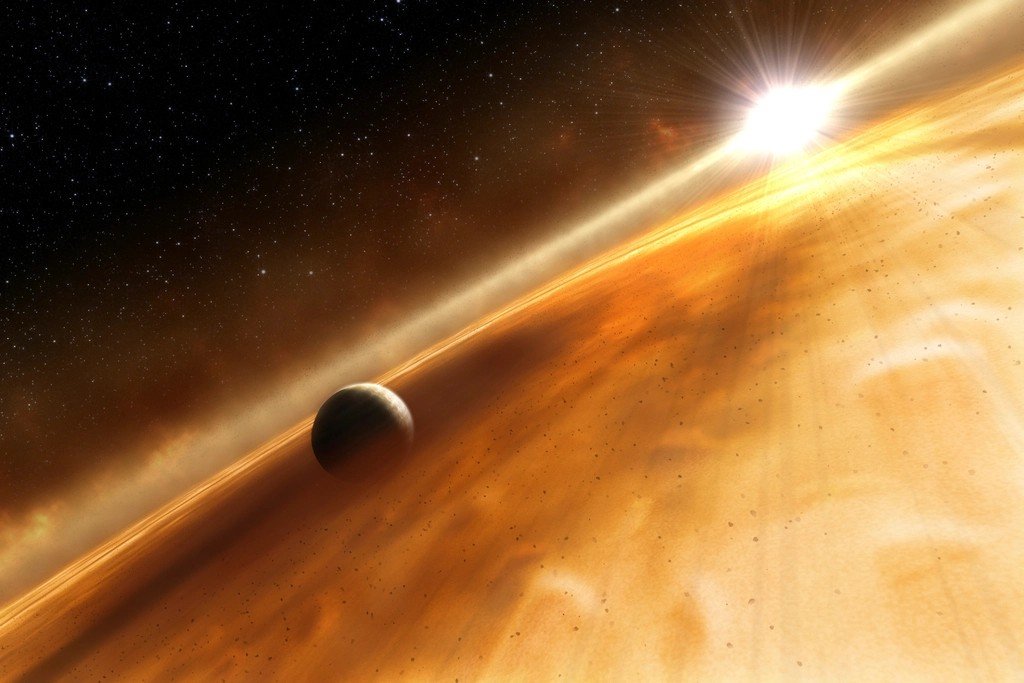
Edge-on systems amplify the two key observables. A planet’s transit depth is more likely to cross our line of sight, and the radial‑velocity signal is maximized because the motion is along our view. Modeling shows that, if planets in these binaries are even loosely aligned with the stellar orbit, transits should occur noticeably more often than in randomly oriented systems. The same alignment boosts the fraction of planets whose wobbles rise above instrument thresholds. In other words, nature does part of the work.
There’s another bonus: if both stars in a binary host planets on similar, edge-on planes, astronomers can compare two planetary systems built from the same initial ingredients. That’s a rare, controlled experiment in a universe that usually refuses to be controlled. It offers a path to test how deterministic planet formation really is – do twin stars tend to grow twin families of worlds, or does cosmic chance still rule?
What the Models Predict
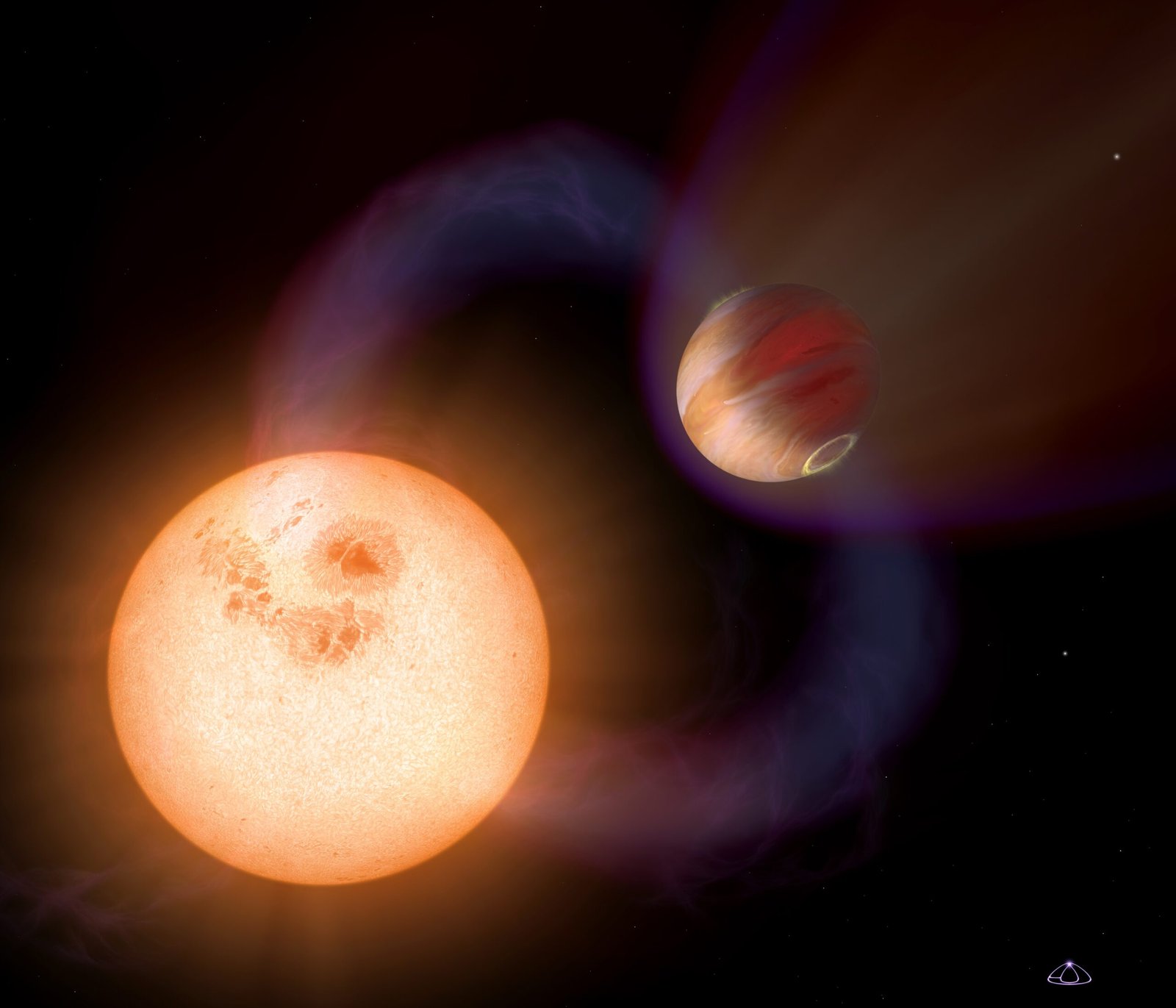
Using planet occurrence rates from previous transit surveys and a realistic spread of alignments, the team simulated what follow‑up could find in the 591 targets. For radial‑velocity searches at a moderate precision threshold, the predicted detection yield rises from the few‑percent range for randomly oriented systems to several percent when alignment is assumed. Apply those percentages to a sample approaching a thousand FGK stars, and you land squarely in “dozens” of potential discoveries. That is before counting larger, longer‑period planets that are easier to detect via stellar wobbles.
Transits also benefit: an aligned population roughly doubles the chance of seeing a planet cross a star compared with an isotropic case, with the aligned scenario pushing the rate distinctly upward. While many expected transits are shallow and may have slipped past earlier all‑sky surveys, targeted ground campaigns can tease out a meaningful handful. The simulations even hint that a small number of binaries might show planets transiting both stars – a cosmic two‑for‑one that would be gold for comparative planetology.
The Tough Part: Binaries Aren’t Easy Targets
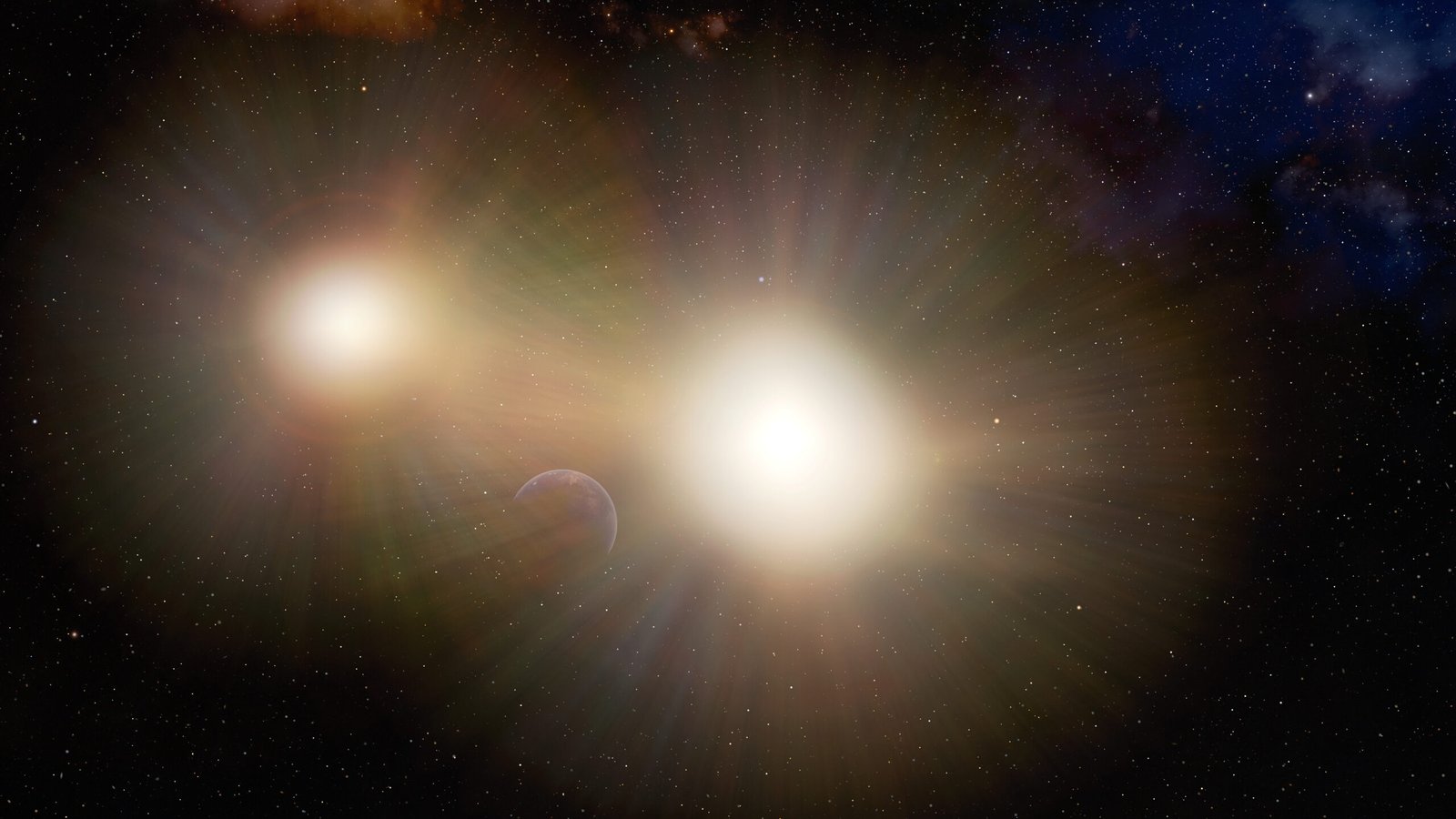
Binary stars introduce practical headaches that single stars do not. If the two suns are too close on the sky for a spectrograph’s fiber, light from one can contaminate measurements of the other, muddying radial‑velocity signals. Stellar activity adds jitter that can mask the tiny tugs from small planets, especially for hotter, fast‑rotating stars. And many binaries fall within a single large pixel for wide‑field space telescopes, blending their light and diluting transit depths.
The study anticipates these pitfalls by prioritizing brighter targets and flagging systems where separation should allow clean spectroscopy. It also outlines vetting steps – quick checks for stellar quietness and instrument-friendly geometry – so campaigns spend time only on cooperative stars. The message is not that binaries are simple, but that they can be manageable when chosen with care.
Why It Matters
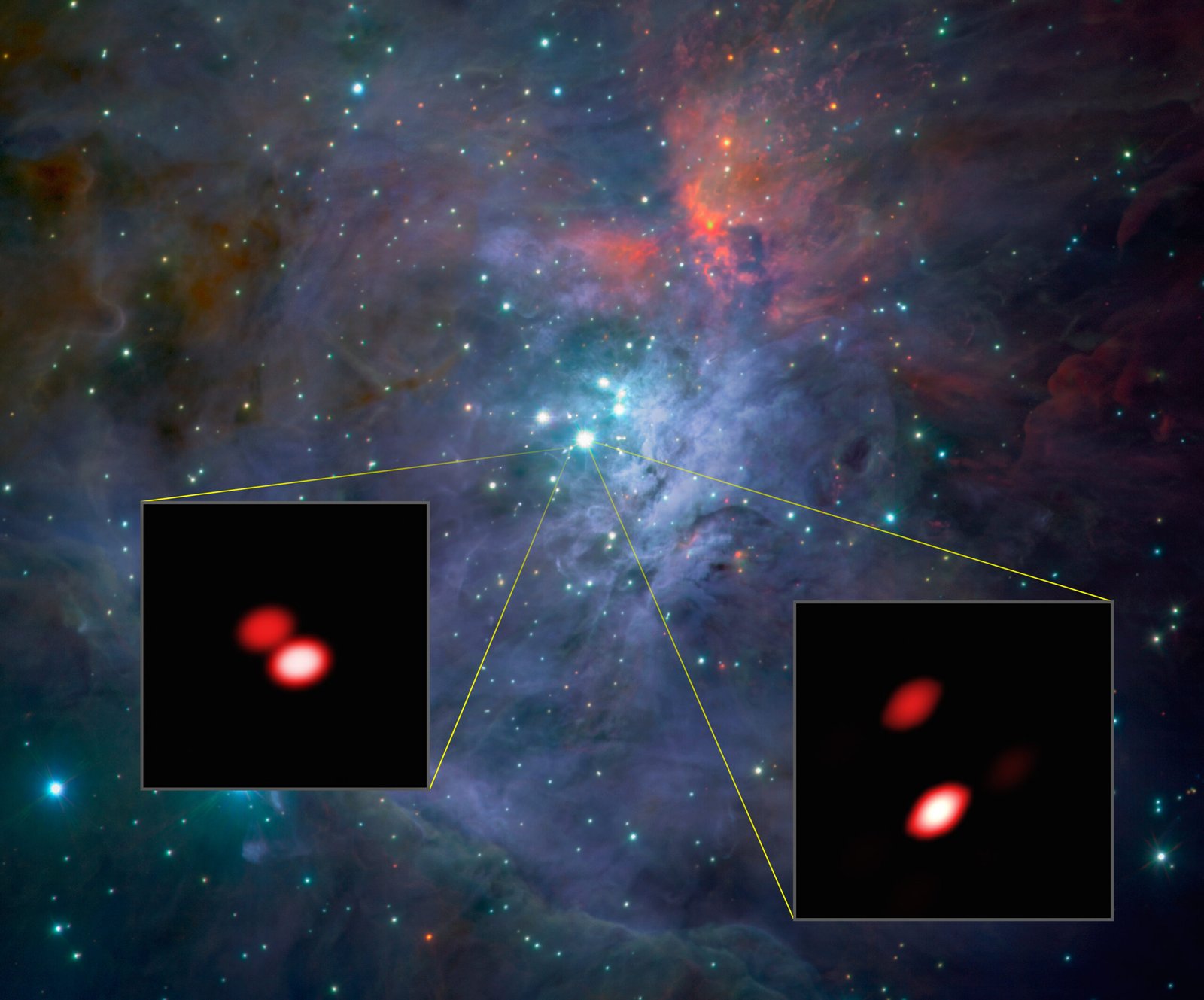
Most Sun-like stars live with companions, so understanding planets in binaries is central to understanding planets, period. Traditional surveys biased toward single stars have given us a skewed view of planetary demographics, especially for small, close‑in worlds. By leaning into alignment physics, this approach broadens the census and reduces selection blind spots. The payoff is not only more planets but better statistics about where and how they form.
There’s also a philosophical edge. If two sibling stars form under similar conditions and end up with similar planetary systems, that hints at a more orderly universe than many of us assumed. If they diverge wildly, chance and chaos may be doing more of the heavy lifting. Either answer reshapes the big stories we tell about planetary origins – and about how common truly Earth‑like histories might be.
Global Perspectives
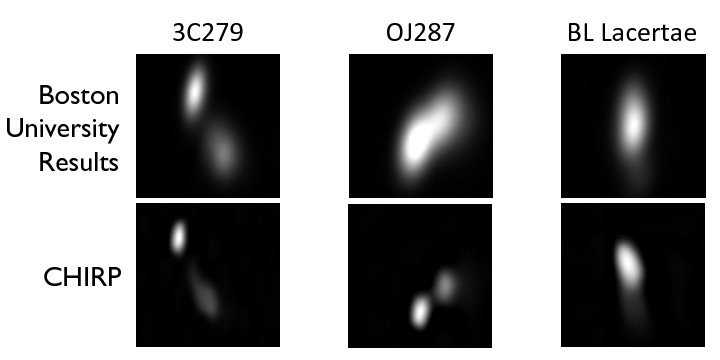
This is a worldwide observing challenge tailor‑made for a mix of facilities. Extreme‑precision spectrographs in the United States, Chile, and Europe can probe the boosted wobbles in these targets, while nimble meter‑class telescopes pick off shallow transits in carefully planned campaigns. Space assets can refine stellar properties and flag the best candidates for deeper looks. Because the 591 systems are spread across the sky, no single hemisphere holds a monopoly.
The strategy meshes well with citizen science and machine learning, which have already expanded catalogs of eclipsing binaries using TESS data. Adding a vetted, edge-on shortlist turns that broad discovery engine into a targeted follow‑up machine. It’s a practical blueprint for shared progress: big observatories take the heaviest lifts, and a distributed network fills in the gaps.
The Future Landscape

Upcoming Gaia releases should sharpen binary orbits and inclinations, tightening the edge‑on list and revealing fresh candidates. On the ground, next‑generation spectrographs continue to push down noise floors, bringing smaller and longer‑period planets within reach. Coordinated campaigns can stack radial‑velocity and transit evidence, then bring in high‑contrast imaging or astrometry to map full architectures. Over time, a layered approach could turn a few early detections into a statistically rich sample.
Challenges remain: stellar jitter, flux contamination, and limited telescope time are stubborn constraints. But none are deal‑breakers if teams prioritize the cleanest targets and share data across facilities. The result could be a step‑change in how we study planets around the most common kind of stars in our neighborhood – star pairs.
From Simulation to First Discoveries
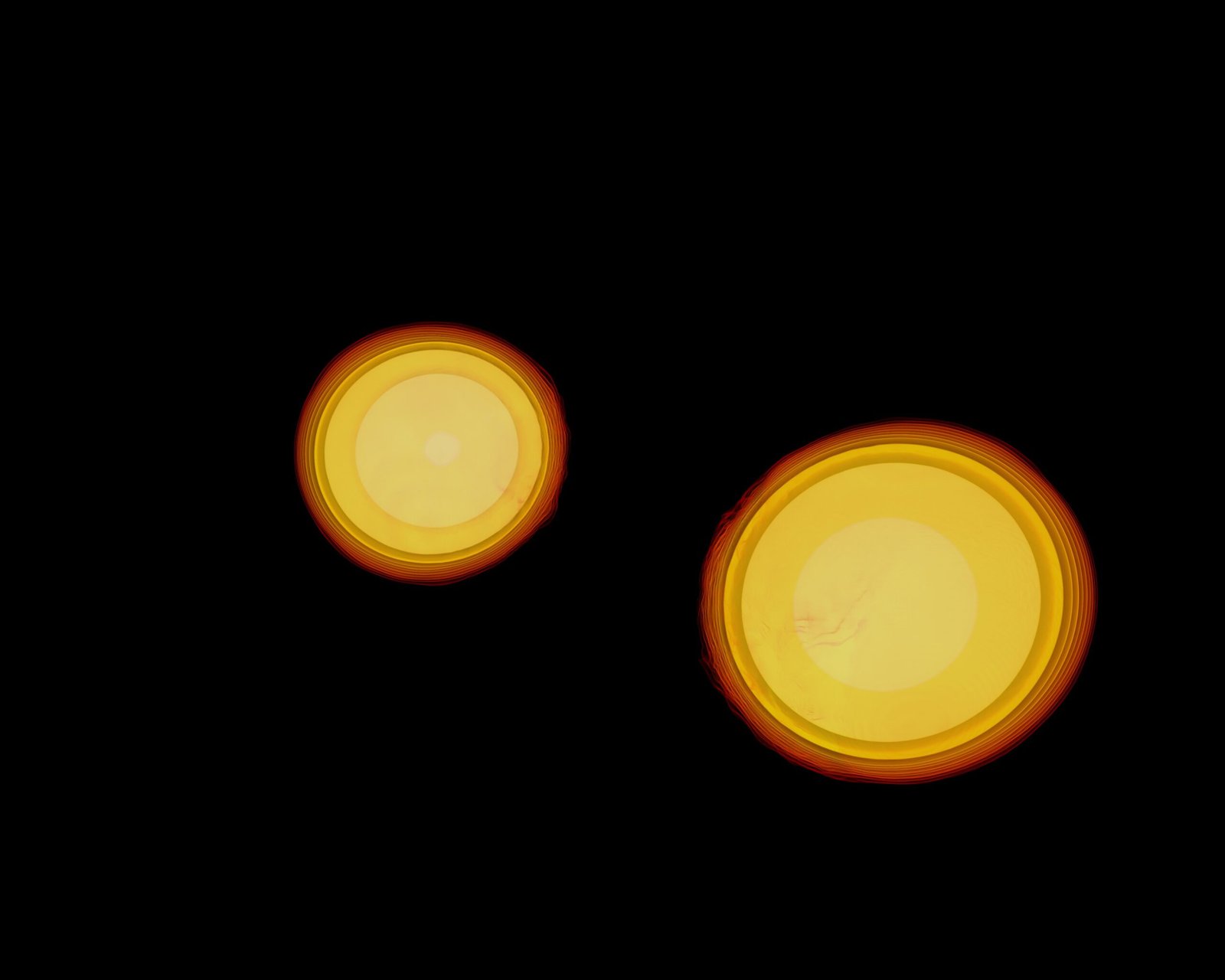
Simulations are only as good as the first real-world catches that confirm them. Several binaries in the catalog already host known planets, which the study uses as reality checks for masses and geometry. Early wins from the shortlist would validate the alignment‑first strategy and calibrate expectations for the rest of the sample. Even a modest harvest of small worlds would justify larger, multi‑year surveys that reach for cooler orbits.
And if the first targets come up short, that outcome is equally informative. It would challenge the strength of the alignment trend or expose unanticipated noise sources in binaries, forcing a rethink of models and observing tactics. Either way, the field moves forward with clearer guidance.
How You Can Help
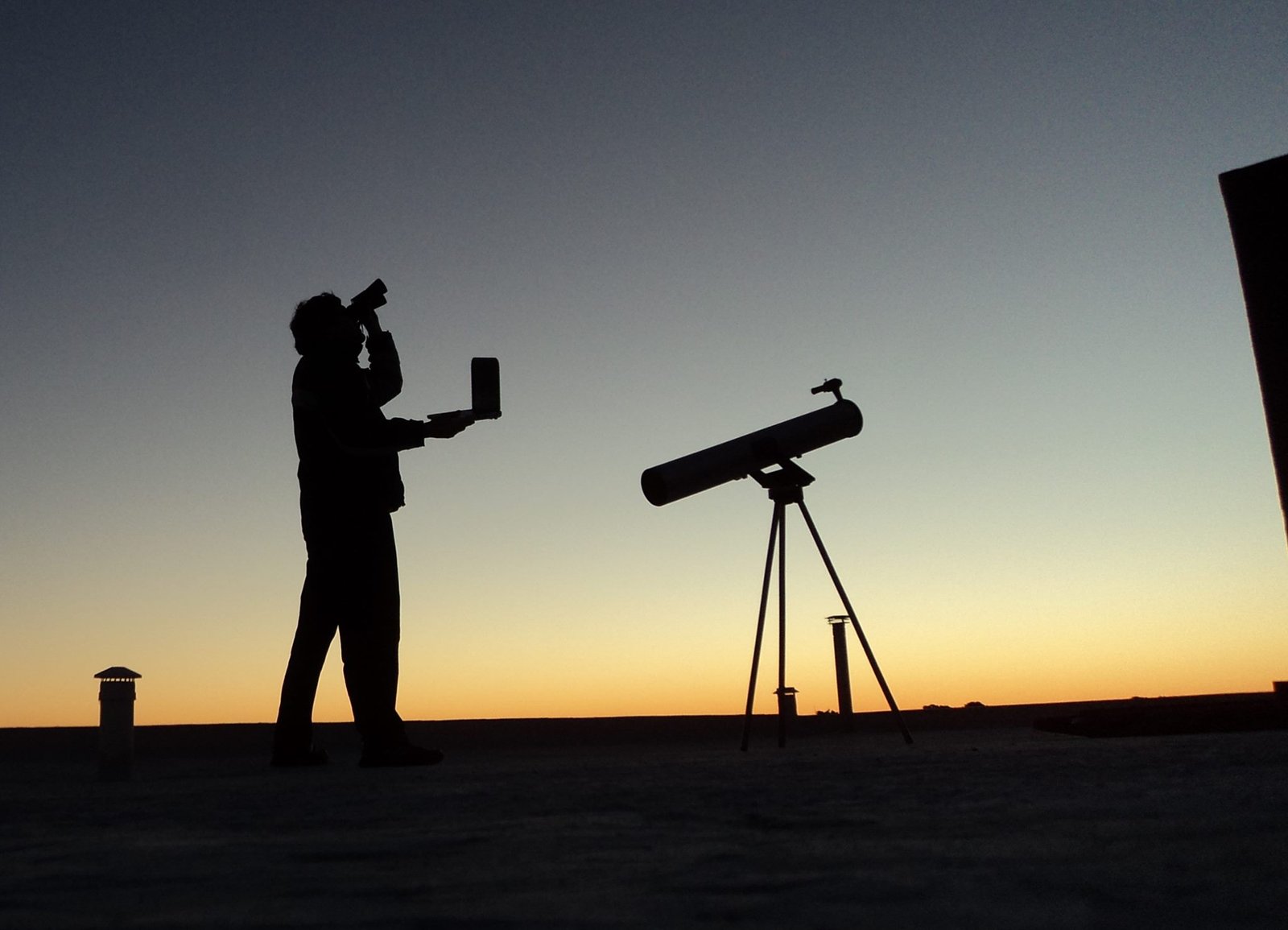
You don’t need a mountain‑top telescope to be part of this story. Follow observing campaigns from university groups and observatories, share their calls for photometric support, and – if you’re game – join vetted citizen‑science projects that classify light curves from binary stars. Support public data archives and software projects; many of the tools that make this work possible are open and community‑driven. If you run a small observatory or belong to an amateur network, coordinate targets to extend time coverage and catch fleeting, shallow transits.
Most of all, stay curious about binaries when exoplanet headlines roll by. The next breakthrough may come not from the loneliest star, but from two suns dancing in lockstep. Would you have guessed that geometry could be such a generous ally?

Suhail Ahmed is a passionate digital professional and nature enthusiast with over 8 years of experience in content strategy, SEO, web development, and digital operations. Alongside his freelance journey, Suhail actively contributes to nature and wildlife platforms like Discover Wildlife, where he channels his curiosity for the planet into engaging, educational storytelling.
With a strong background in managing digital ecosystems — from ecommerce stores and WordPress websites to social media and automation — Suhail merges technical precision with creative insight. His content reflects a rare balance: SEO-friendly yet deeply human, data-informed yet emotionally resonant.
Driven by a love for discovery and storytelling, Suhail believes in using digital platforms to amplify causes that matter — especially those protecting Earth’s biodiversity and inspiring sustainable living. Whether he’s managing online projects or crafting wildlife content, his goal remains the same: to inform, inspire, and leave a positive digital footprint.

